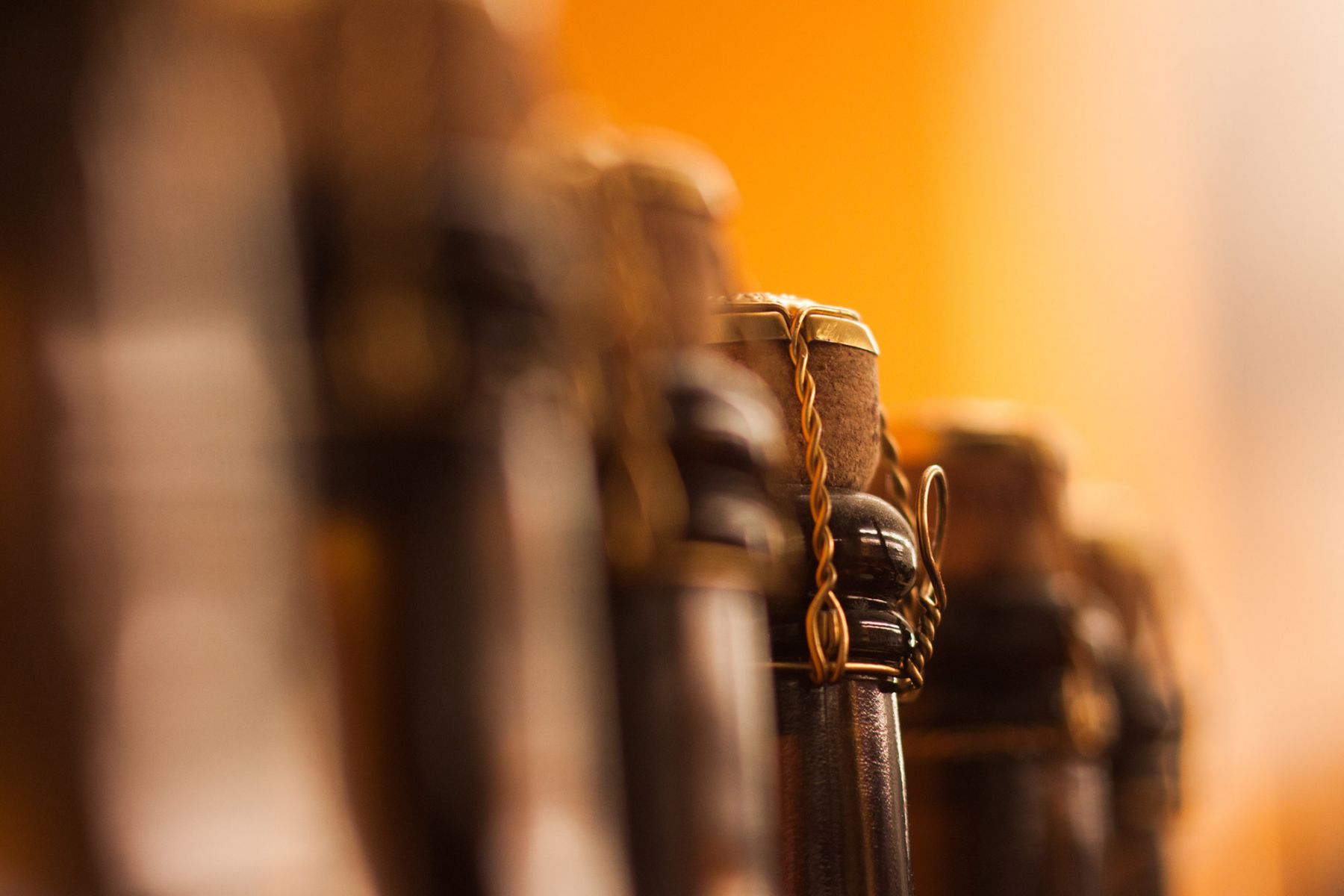Not only a wine for good times, champagne is coming into its own as something to keep
After years of being relegated to l’apéro, champagne is fully coming into its own as a “serious” wine, with collectors jostling for coveted allocations, laying down bottles and—unfortunately—speculating, driving prices sharply upward over the last 5-7 years.
I spoke with collectors and industry insiders to try to better understand how and why this trend is unfolding, including OCC Hong Kong Consul Roland Müksch and Nellie Ming Lee; OCC Jakarta Consul Eva Iskandar; Sotheby’s Head of Wine and Spirits Auctions in Asia, Paul Wong, plus a major Hong Kong-based collector of mature champagne.
Is champagne collecting a growing trend in Asia?
Yes, but from a low base. Liv-Ex figures show Asia rising from 0 per cent of the tradeable champagne market before 2005 to about 10 per cent this year. Meanwhile, the US rose from the same base to nearly 50 per cent of the market.
Paul Wong (Sotheby’s) notes champagne has really taken off in Asia, especially China, since their biggest single-owner sale, in Spring 2019. Collector organisations like the Ordre de Coteaux de Champagne (OCC), the official fraternity of major Champagne brands, have also expanded their Asian footprint. OCC Japan is well-established and the Hong Kong chapter has grown to 500+ members since its 2010 inception (~100 of whom are highly active, according to Consul Roland Müksch). There are growing chapters in Macau, Taiwan, mainland China, Singapore and Jakarta. Southeast Asia is held back by high import taxes, but Eva Iskandar (OCC Jakarta) says there are wine lovers embracing champagne, particularly in Jakarta and Bali, but much room for growth remains.
Who is collecting champagne in Asia?
Nellie Ming Lee (OCC Hong Kong) says their members have recently grown more diverse—they are now 38 per cent female—and are principally wine lovers rather than wine professionals, unlike in Europe. The Consuls of mainland China and Jakarta are both women. Müksch agrees many new participants are young professionals and particularly women. He describes two distinct groups, both growing—one very educated and intensely wine-focused and one that still views champagne principally as celebratory—but sees no obvious demographic difference between them.
Why are they collecting?
Müksch (OCC Hong Kong) says the “educated” group seems to take pride in exploring obscure facets of Champagne, having previously collected Burgundy and/or Barolo, though some are only interested in champagne and weren’t interested in wine previously. He notes that many members now regularly drink champagne throughout their meals at home instead of switching to red, a fairly recent development.
The Hong Kong collector says he had lost interest in wine before a 1969 Canard Duchene Rosé transfixed him with its unique flavours. He bought the merchant’s entire 3-4 bottle supply but then struggled to source other mature bottles. He describes those you do find as “rolling stones” from “god knows where and in god knows what condition.” He has been pleasantly surprised at the percentage of good bottles despite shaky provenance “as long as you look at the label, foil and especially ullage.” He has always bought solely for access to wines he wants to drink, he says, not for price appreciation.
Ming Lee (OCC Hong Kong) says many members purchase champagne for laying down or investment but typically end up opening their bottles early. She likes to mature even non-vintage champagnes for 3-5 years before drinking to add complexity, smooth out acidity and allow the fruit to emerge.

